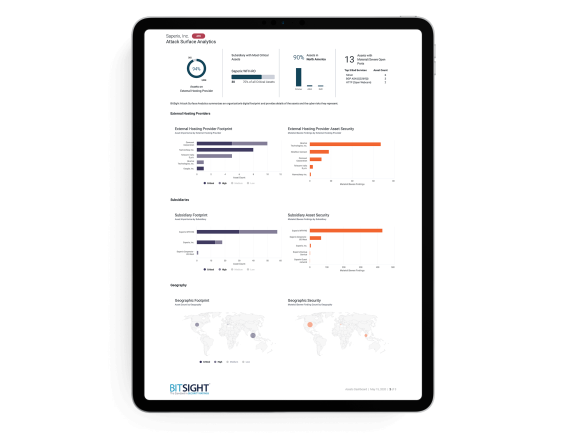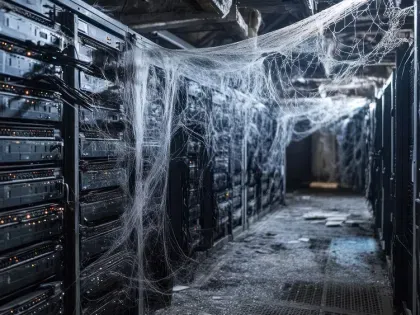Request your free custom report and see how you can start reducing your cyber risk exposure across your digital ecosystem: cloud assets across all geos & subsidiaries; discover shadow IT; security risk findings; and more!
Attack Surface Reduction Examples: 3 Ways to Defend Your Organization
Tags:

Do you know the difference between the terms attack surface and attack vector? It’s a topic we explored in depth here.
To recap, the attack surface consists of the organizational assets that a hacker can exploit to gain access to systems. These assets include the physical, digital, and human attack surfaces.
An attack vector is the method that a hacker uses to penetrate the attack surface. Example attack vectors include ransomware, malware, phishing, exploiting misconfigured or unpatched systems, and denial of service attacks.
Given the clear differences between the two, it’s imperative that you develop different strategies for reducing risk in the attack surface and defend against an attack vector.
Here are three attack surface reduction examples and recommendations for mitigating the risk posed by attack vectors.
1. Empower Your Employees to Be Cyber Foot Soldiers
Your employees are a critical line of defense against cyberattacks. But they are also a vulnerable attack surface. Whether it’s through careless handling of sensitive data, falling for phishing attacks, or poor password management, many data breaches are directly or indirectly caused by user awareness issues.
Training can help educate employees about common attack vectors and how not to fall victim to them. But be sure to add regular tabletop exercises and simulations such as mock phishing attacks to the mix.
You must also find ways to foster feelings of responsibility and accountability for cybersecurity among employees. Security isn’t the sole responsibility of the Security Operations Center (SOC); the entire organization can be impacted by a cyberattack, leading to lost productivity, downtime, compromised employee data, and reputation damage. For tips on promoting these feelings, read our eBook: The Secret to Creating a Cyber Risk-Aware Organization.
2. Continuously Scan for Vulnerabilities and Plug Weak Points
As your digital attack surface grows, it’s critical that you get a handle on risk hidden across digital assets—in the cloud, across business units, remote locations, and geographies. After all, you can’t secure what you can’t see.
One way to tackle this challenge is to incorporate attack surface scanning into your cybersecurity plan. By continuously analyzing the attack surface, you can quickly validate your organization’s digital footprint and identify each digital asset, its location, and corresponding risk. For instance, if the marketing department is using a SaaS application without IT’s knowledge, security teams can quickly discover the asset and understand its risk posture.
Because risk is constantly emerging, you should also continuously monitor your digital environment. Using Bitsight you can keep a pulse on your organization’s cyber health. Bitsight automatically and continuously monitors for vulnerabilities and gaps in your security controls. You’ll receive alerts and data-driven insights around new and pressing risks such as compromised systems, misconfigurations, open access ports, user behavior anomalies, exposed credentials, and more.
Bitsight even extends the same monitoring and visibility to your supply chain, alerting you when a vendor’s security posture changes so that you can triage risk in collaboration with third parties and stop risk before it enters your digital supply chain.
3. Put Strong Processes in Place for Authentication and Access
Insider threats continue to be a leading attack vector. In 2021, there was a 72% increase in insider threat incidents. Moreover, 75% of related criminal prosecutions were the result of remote workers. But malicious insiders are far outnumbered by negligence on the part of employees, as 55% of organizations identify privileged users as their greatest insider risk.
To avoid these attacks, implement multi-factor authentication controls, limit and monitor access privileges, and monitor user behavior on the network.
Technology isn’t the only answer. The Cybersecurity and Infrastructure Security Agency (CISA) recommends that organizations develop insider threat programs to detect and identify individuals who may become insider threats. Create your program by categorizing potential key risk indicators, such as personal stressors and considering individuals’ backgrounds and behaviors.



